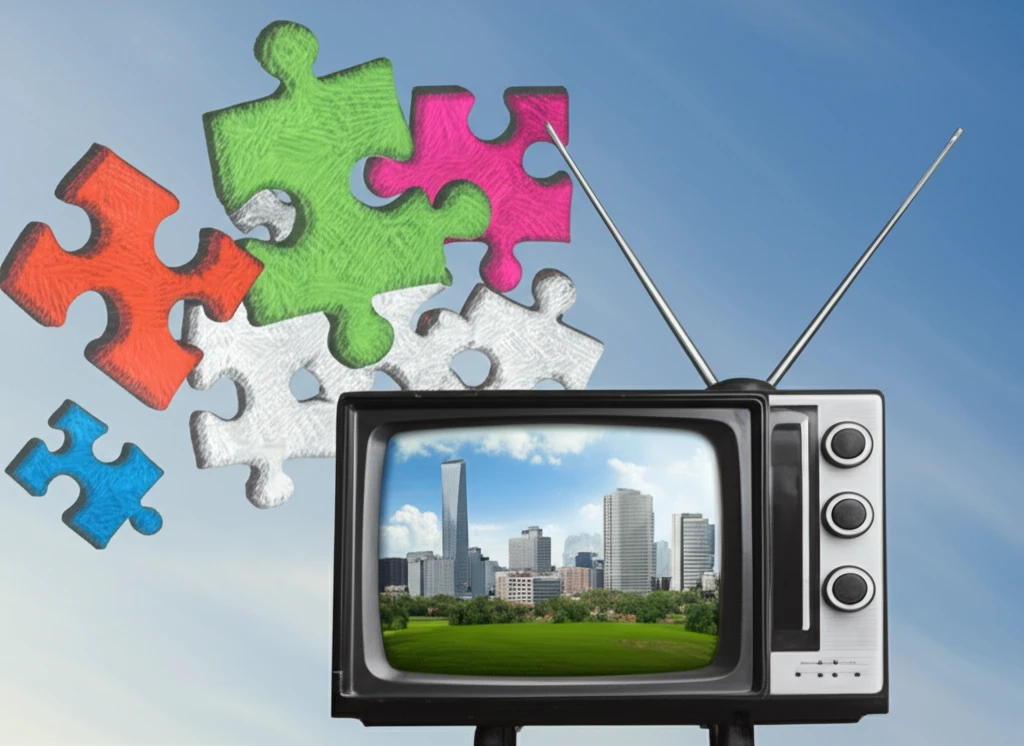
Decoding Political News: How Media Frames Shape Our Understanding
"Uncover the subtle tactics that influence how we perceive government actions and political strategies."
In an era dominated by instant news and social media, understanding how political information is presented is more crucial than ever. The way media frames events can significantly influence public perception, impacting everything from election outcomes to policy support. This article delves into the concept of media framing, particularly focusing on how television news shapes our understanding of political events.
Media framing refers to the way journalists and news outlets construct a narrative around a particular event or issue. This involves selecting certain aspects of a story while downplaying others, which can subtly (or not so subtly) influence how the audience interprets the information. Frames aren't just about what is said; they're about what isn't said, and how the information is organized and emphasized.
We'll draw insights from a study on how English Canadian television news covered the proposed Liberal and New Democratic Party coalition in 2008. By examining this specific event, we can uncover broader trends and techniques used by the media to frame political stories. Understanding these techniques empowers you to become a more critical and informed consumer of news.
What is Media Framing and Why Does it Matter?

At its core, media framing involves selecting and highlighting certain aspects of a story to promote a particular interpretation. This can include the use of specific language, the choice of sources, and the emphasis placed on certain details. The power of framing lies in its ability to shape public opinion and influence political discourse.
- Agenda-Setting: The media doesn't just tell us what to think, but what to think about. By focusing on certain issues, the media can elevate their importance in the public's mind.
- Priming: Media frames can activate certain cognitive pathways, influencing how we evaluate political figures and policies. For example, a news story emphasizing a politician's ethical failings might prime viewers to judge them more harshly.
- Cultivation Theory: Repeated exposure to certain media frames can gradually shape our perceptions of reality over time.
Becoming a Savvy News Consumer
In a world saturated with information, developing media literacy skills is essential. By understanding how framing works, you can critically evaluate news stories and form your own informed opinions. Look for diverse sources, consider the motivations of those presenting the information, and be aware of the potential biases that can shape the narrative. The goal isn't to dismiss the news, but to engage with it thoughtfully and critically.
